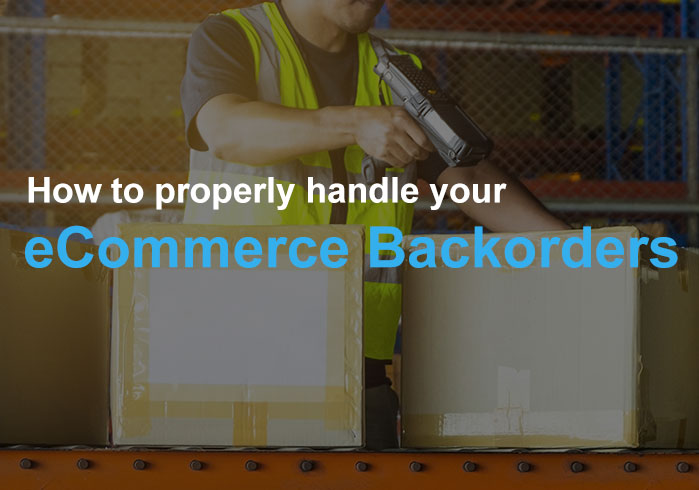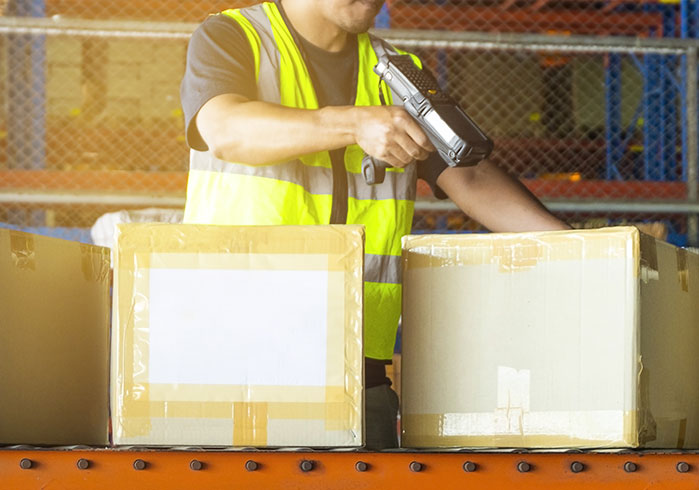
In today’s e-commerce landscape, consumers expect products to be in stock and delivered fast. However, at some point, all supply chains will break down. Backorders are one of the solutions that companies are using to combat this harsh reality. With backorders, customers can keep shopping even when there is a break in the supply chain.
It is important to note that backorders are not without their disadvantages. For example, many e-Commerce operators do not like dealing with the additional bureaucracies of handling shipping and payments for backorders. Indeed, one of the signs of poor inventory management is an increasing level of backorders.
A necessary evil?
Given the unpredictability of global economies and markets, it is best to include backorders as an option for your customers. Small and large businesses would struggle to survive natural disasters and pandemics without occasionally relying on backorders. Covid-19 has recently disrupted global manufacturing and this option has been a benefit for many businesses.
In any case, online shopping is going to increase for the foreseeable future due to social distancing requirements in this post-Coronavirus era. If you find it difficult to get your products onto your 3PL warehouse shelves, there are two routes you can take. You can mark items as out of stock or you can accept backorders. Not doing either will put you at a disadvantage.
What is a backorder and why should you care?
A backorder is an item that is not in stock at the moment. The customer can still order it, but delivery will only happen once the stock has been replenished. This is different from a situation when a product is labeled as being “out-of-stock” on your web platform which means your customer can’t order the product. However, backorders can still be placed despite the product not being in stock at a given moment in time.
The business model largely determines whether items are labeled as being out of stock or on backorder. For example, you may want to consider whether or not your customers are willing to wait longer. Moreover, it is imperative to develop accurate and convenient tracking processes. Your process for fulfilling backorders must be tightly woven into your inventory management system.
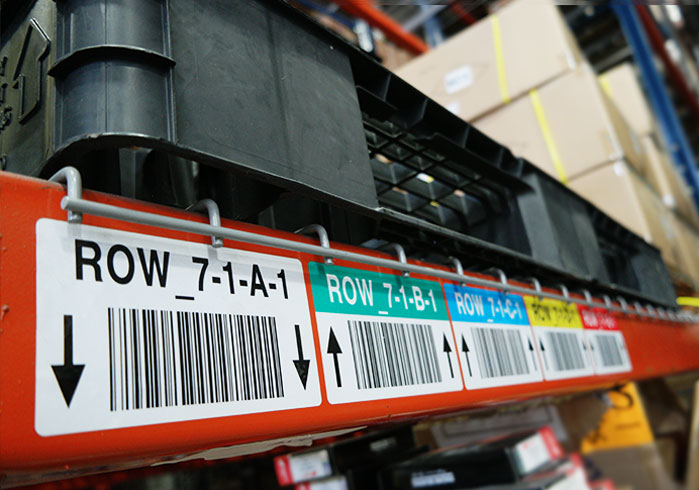
Will your customers accept delayed shipping?
Not every business can use backorders. This is particularly true in high-competition sectors where consumers can quickly find alternatives. Moreover, consideration should be given to those items that fulfill an immediate need and can therefore not be delayed. It is better to walk away than to promise deliveries that could turn out to be irrelevant for your customer.
Research has shown that niche products are the ones most likely to be compatible with a backorder system. This is because the customers have an inherent interest in the product and that need cannot be easily satisfied by an alternative. Some businesses even use backorders to give their websites an aura of exclusivity. Others argue that the recent upheavals in the global markets have conditioned customers into waiting longer for deliveries. So, they are more likely to tolerate backorders than before.
Pros and Cons of backorders
There are business models that are almost tailor-made for backorders. Consider crowdfunding – This method is marked by early payments and later deliveries which consumers tolerate because they have a lot of interest in the product. There are several benefits associated with this business model including:
- There is a guaranteed demand and no need to engage in additional marketing.
- The supplier can build up an invaluable list of customer contacts to be used in the future.
- The prepayment system avoids the debt management hurdles that can ruin small businesses.
- Early payments exploit growth potential by releasing capital for business development activities.
- The very nature of backorders provides you with insights about the products that are likely to be in demand in the future.
The risk backorders represent to your business
There are other potential disadvantages that you need to be wary of when doing backorders, including:
- There is a risk of cancellation before the delivery date, particularly if there is an additional delay.
- Many payment processing systems are time-limited and that means that you have to re-engage the customer to re-authorize the transaction at a later date.
- Many of the customer demands that are found in real-time deliveries are made worse by backorders including complaints and returns.
- The business can lose its reputation if for any reason the manufacturer is unable to eventually deliver the requested product.
Reducing the friction of backorders
One of the ways can reduce customer care problems is to only process payment a few days before shipping. However, it is imperative to get pre-authorization to use that payment method. Make use of online fraud detection systems to identify risky transactions. Other measures include:
- Cross-docking when fulfilling backorders: You can process the backorders very quickly once the merchandise has been received. Cross-docking allows some products to go directly to the shipping dock rather than going through the fulfillment warehouse. This is a system that has been adopted by reputable companies to deal with large orders.
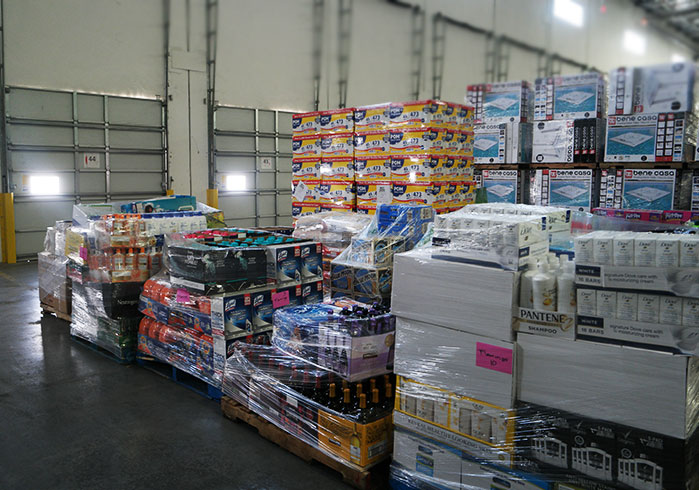
- Shipping partial orders: In this way, the client already has some commitment and you can waive some of the additional shipping charges for the second consignment. Use coupons or discounts to provide this service.
- Be clear in your communication: Make sure that you have set realistic expectations of when the order is going to be delivered. Always ensure that the customer is informed all the way. Follow up via email and other communication tools to keep in touch.
- Build excitement: Because there is a very high chance of cancellations, make sure that you remind the client of why they wanted the product in the first place. Highlight some of the best features that they can look forward to when the product is delivered.
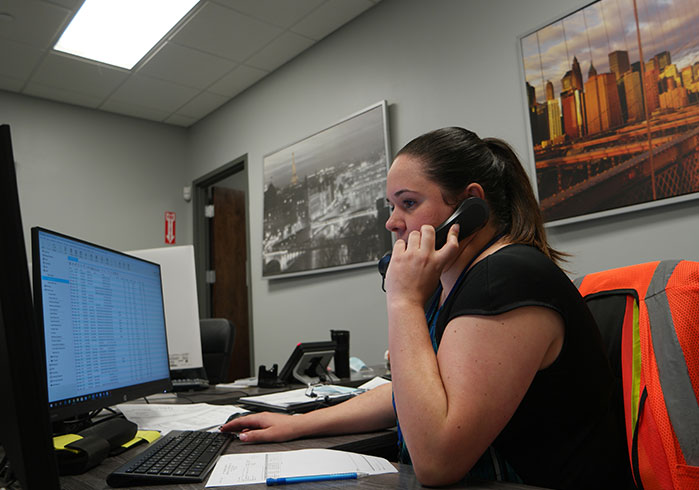
Should you use backorders in your business?
You need to consider what your customers want and what you can genuinely deliver to them. Rather than constantly marking items as being out of stock (and risking irritating your customers); you can use backorders to get their initial commitment. For the system to work, you must be well organized and communicate well with your customers.

